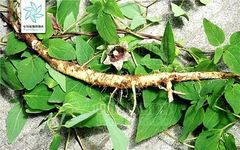Click the blue text above “Beijing University of Chinese Medicine Museum” to follow
Dang Shen (Codonopsis pilosula) is a commonly used herb in health-preserving dishes, but how much do you know about it? Its name contains the character “shen,” which raises the question of whether it is related to Ren Shen (Ginseng) and Xi Yang Shen (American Ginseng). With these questions in mind, let’s learn more together!
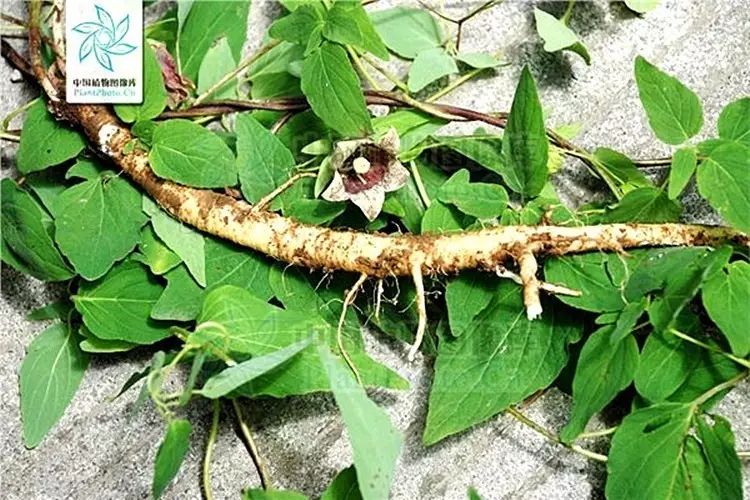
Historical Development
Although Dang Shen is a commonly used herb, its history of application is not as long as that of many well-known herbs such as Ren Shen (Ginseng) and Huang Qi (Astragalus). The earliest mention of Dang Shen in ancient texts is found in the book “Benjing Fengyuan” written by Zhang Lu in the 34th year of the Kangxi reign (1695). At that time, it did not have an official scientific name and was referred to as “Shangdang Ren Shen”. The text states: “Produced in the Taihang Mountains of Shanxi, known as Shangdang Ren Shen, although it lacks the strong warming and tonifying effects, it has the ability to clear the lungs and is not as cold as Sha Shen (Glehnia littoralis) which specializes in dispelling lung qi.” In the book “Bencao Congxin” completed by Wu Yiluo in 1757, the effects of Dang Shen were recorded more clearly, stating: “Dang Shen is sweet and neutral, tonifying the middle and benefiting qi, harmonizing the spleen and stomach, and alleviating thirst.” This book was also the first to list Dang Shen as a separate medicinal name in the materia medica, noting its characteristic “lion’s head,” which had never been recorded in previous materia medica texts, proving that Dang Shen was a newly introduced medicinal variety at that time. Since then, research on Dang Shen has gradually deepened and improved.
Introduction to Dang Shen
Dang Shen is produced in the mountainous forest edges and shrubs of northern China at altitudes of 1560 to 3100 meters. It is a traditional tonic herb commonly used in China, with the best quality coming from the Shangdang region of Shanxi. Today, Dang Shen produced in Luzhou, Shanxi is known as “Lu Dang,” recognized for its superior quality. Dang Shen has several aliases, including Fang Feng Dang Shen, Huang Shen, Fang Dang Shen, Shang Dang Shen, Lion Head Shen, Zhong Ling Cao, and Huang Dang. The 2015 Pharmacopoeia clearly states: Dang Shen is the dried root of the Campanulaceae plant Codonopsis pilosula, Codonopsis tangshen, or Codonopsis lanceolata. It has a sweet and neutral flavor and enters the spleen and lung meridians. It strengthens the spleen and benefits the lungs, nourishes yin, and generates fluids. It is used for spleen and lung qi deficiency, poor appetite, fatigue, cough with shortness of breath, insufficient qi and blood, pale complexion, palpitations, shortness of breath, thirst due to fluid damage, and internal heat leading to thirst.

Dang Shen Plant
Research on Dang Shen over the decades has shown that its chemical components mainly include Dang Shen saponins, Dang Shen polysaccharides, Dang Shen alkaloids, flavonoids, phospholipids, volatile oils, amino acids, choline, dandelion terpenoids, cork alcohol, stigmasterol, and sitosterol, as well as various essential inorganic elements and amino acids.
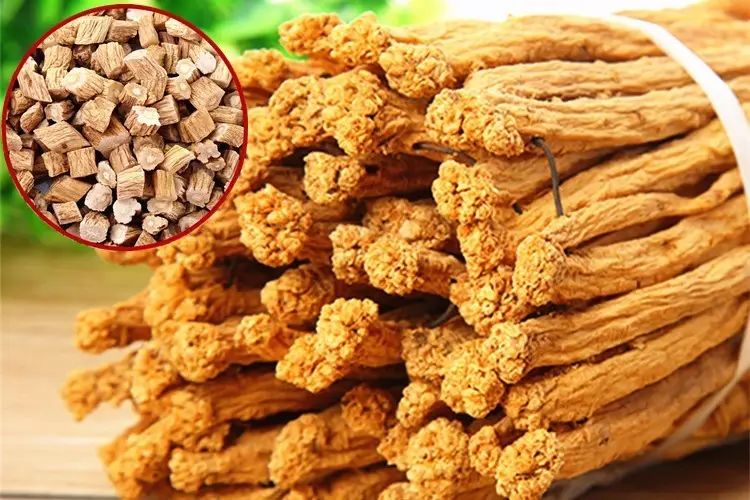
Dang Shen Medicinal Material
Further research has also yielded results regarding the pharmacological effects and health benefits of Dang Shen, which include: anti-fatigue effects; hypoxia tolerance; anti-radiation effects; immune regulation; improvement of memory; liver protection; protection of gastric mucosa; blood pressure reduction; inhibition of platelet aggregation and reduction of blood viscosity; and certain anti-tumor effects, which can synergistically inhibit tumors and reduce metastasis when used with cyclophosphamide.
Comparison of the Three Ginsengs
Due to historical reasons, Dang Shen was initially introduced under the name “Shangdang Ren Shen,” leading to the common question, “Can Dang Shen replace Ren Shen?” With the increasing use of Xi Yang Shen in recent years, people are more curious about the relationships among these three types of ginseng and whether there are differences in their applications.
(Top right: Dang Shen; Middle right: Xi Yang Shen; Bottom right: Ren Shen)
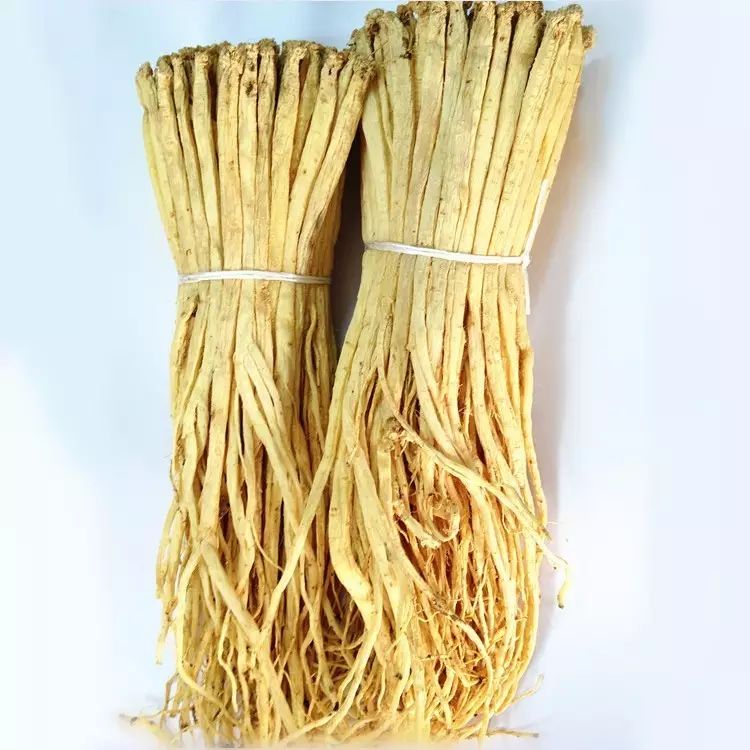
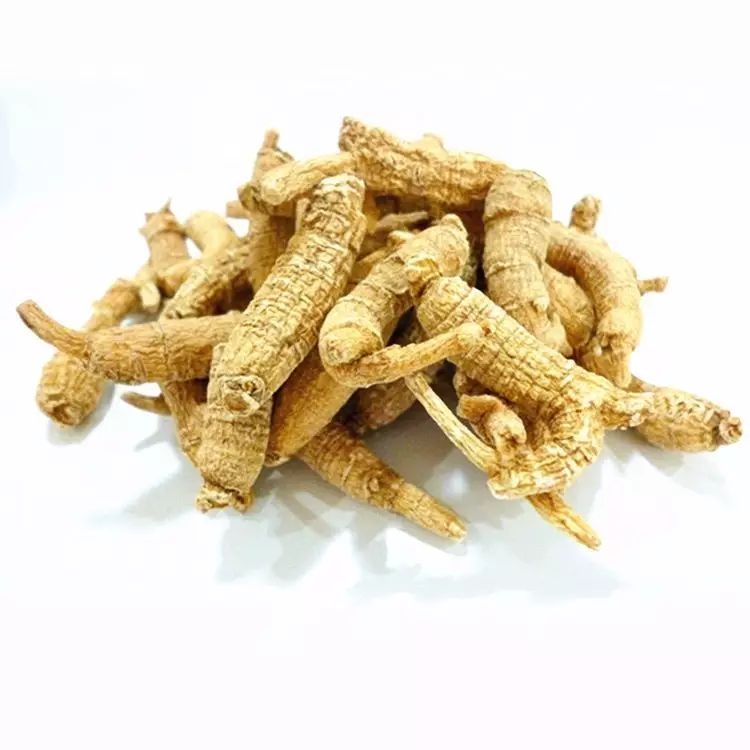
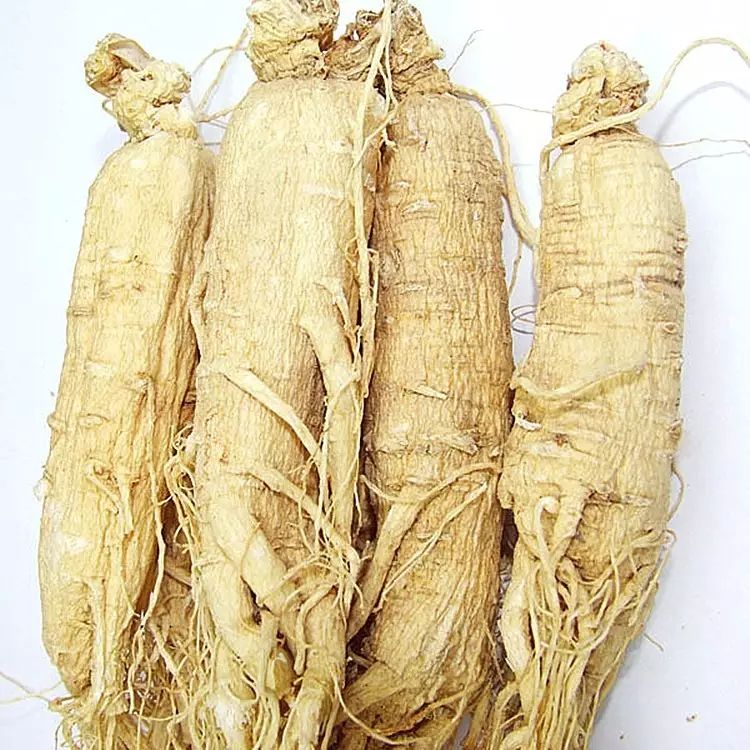
First, all three herbs belong to the category of qi-tonifying herbs and have fluid-generating effects, with Ren Shen being the strongest in qi tonification; Dang Shen and Xi Yang Shen also have nourishing yin effects; both Dang Shen and Ren Shen can strengthen the spleen and stomach.
Secondly, among these three herbs, the most potent is Ren Shen, which is indispensable in severe cases such as heart failure and cardiogenic shock, as it has the ability to greatly tonify the original qi and stabilize the pulse. Additionally, Ren Shen has calming and cognitive-enhancing effects, which the other two herbs do not possess, making it suitable for treating insomnia and forgetfulness.
For patients with qi deficiency and fatigue, middle qi sinking, and insufficient qi and blood, using Dang Shen, which tonifies qi and nourishes blood, is the most appropriate choice; Xi Yang Shen tonifies qi while nourishing yin and reducing fire, and is particularly suitable for summer “cool tonification,” providing excellent relief for urban white-collar workers suffering from sub-health due to stress, busyness, and lack of sleep.
Dang Shen Medicinal Dishes
1. Five Flavor Spleen Nourishing Porridge
Ingredients: 30g each of Dang Shen, Shan Yao (Chinese Yam), Fu Ling (Poria), Bai Zhu (Atractylodes), and Bai Bian Dou (Lablab bean), with appropriate amounts of rice, millet, and salt.
Preparation Steps: 1. Measure 30g each of Dang Shen, Shan Yao, Fu Ling, Bai Bian Dou, and Bai Zhu; 2. Cut Dang Shen into small pieces, wash with other herbs, and soak in clean water for more than 2 hours; 3. Wash the rice and millet, and place them in a pressure cooker; 4. Add the soaked herbs along with the soaking water into the pot; 5. Add an appropriate amount of water and cook in the pressure cooker for about 20 minutes; 6. Add salt to the cooked porridge before serving!
Effects: Strengthens the spleen and harmonizes the stomach, transforms dampness, benefits qi and nourishes blood, calms the mind, and stabilizes the fetus. Suitable for those with spleen and stomach weakness, poor appetite, vomiting, weight loss, qi deficiency, and fatigue. It also has auxiliary treatment effects for diarrhea caused by qi deficiency, yin deficiency, and phlegm-dampness. Due to Bai Zhu’s ability to harmonize the middle and stabilize the fetus, this porridge is beneficial for pregnant women experiencing fetal restlessness.
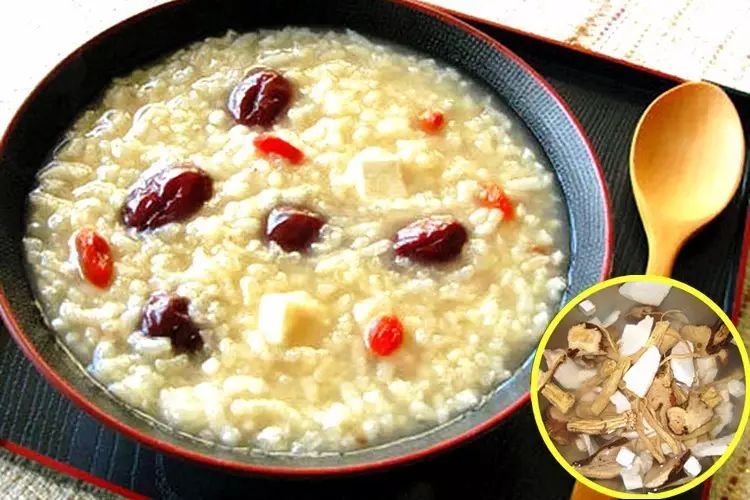
2. Qi and Blood Nourishing Soup
Ingredients: 250g of pork spine, 20g of Dang Shen, 3 red dates, 8 longan meat (reduce if you dislike sweetness), 20 goji berries, 40 fox nuts, and appropriate salt.
Preparation Steps: 1. Cut the pork spine into large pieces, wash, and blanch in boiling water until blood is released, then rinse with cold water; 2. Place the spine in a pot along with Dang Shen, red dates, longan meat, and fox nuts. Add 6 bowls of clean water. Cover and bring to a boil over high heat, then reduce to low heat and simmer until 3 bowls of water remain. Add goji berries and simmer for another 10 minutes, then season with salt to taste.
Effects: Tonifies the middle and benefits qi, strengthens the spleen and lungs. Used for spleen and lung weakness, shortness of breath, palpitations, poor appetite, loose stools, and cough with shortness of breath, as well as internal heat leading to thirst. This soup is beneficial for the lungs, especially for men who smoke and those living in smoggy cities; women who drink it regularly can also improve their complexion.
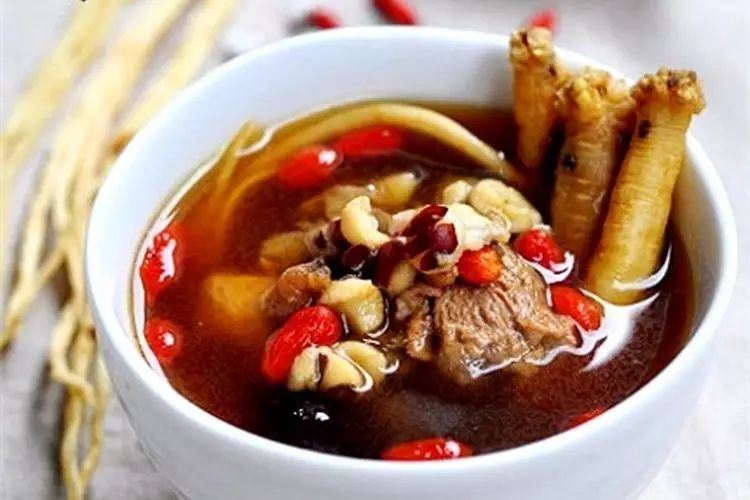
Dang Shen should not be used with Li Lu (Veratrum) and should not be used recklessly in cases of heat syndrome. Caution is advised for those with yin deficiency without damp-heat, deficiency-cold with spermatorrhea, and qi deficiency with sinking. The common dosage of Dang Shen is 9 to 30 grams. If the dosage exceeds 60 grams, it may cause discomfort in the precordial area or arrhythmia, in which case the herb should be stopped immediately, and recovery will occur on its own. Dang Shen is not a food that can be used as medicine; it is recommended to take it under the guidance of a physician!


